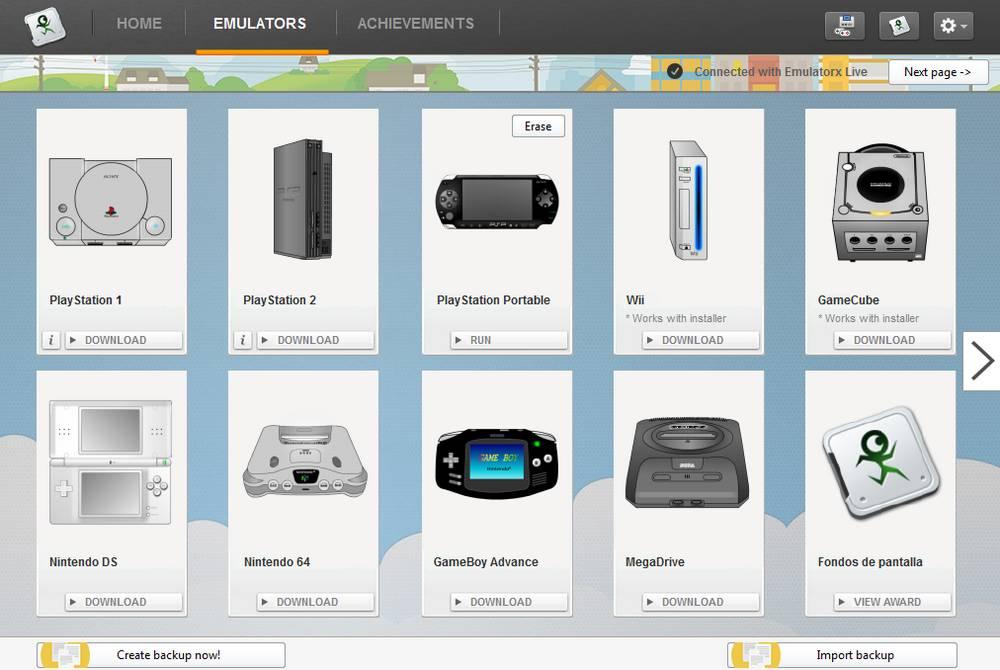

- Virtual mac os for learning purposes on windows mac os x#
- Virtual mac os for learning purposes on windows install#
- Virtual mac os for learning purposes on windows update#
- Virtual mac os for learning purposes on windows android#
- Virtual mac os for learning purposes on windows Pc#
In my honest opinion, if you are a hard-core iOS developer then for sure buy the best Mac and learn objective-c. Many lack any debugging abilities whatsoever. So where is the gain?Īlso they cost a lot, because they are very hard to develop. Which also makes even less sense, because now instead of learning less you have to learn more. They kind of look the same but there are always subtle differences that you have to learn on top of obj-c. Really the goal they are setting is unachievable in my view.Īlso a lot of time they make you use Objective-C equivalent statements simply in another language. I checked a few, not all though (who has the time?)Īt the end it's just too much trouble to learn "their super special easy way to program iOS without Objective-C", they have lots of bugs. Most of "so called Windows solutions for iOS development without Mac" require Mac at the end just to sign and send to app store. One option is to get a cheap MAC Mini to do your final build. Note that: for all of these options, all or most of the development can be done on Windows, but a MacOS device is still required to build a binary for submission to the App Store. React Native (javascript) is another popular cross-platform framework created by Facebook. It isn't quite as nice for gaming, but it's pretty decent for regular GUI applications.įlutter (dart) is a free cross platform mobile app development framework from Google. It may be possible to use Unity's "Cloud Build" feature to avoid having to use a Mac for deployment, although by default Unity actually spits out an Xcode project when building for iOS.
Virtual mac os for learning purposes on windows android#
Unity supports iOS, Android and most other platforms. The editor is free to use for development, and even for distribution (if you have less than 100K USD in annual revenue). With all the updates and features they are adding, you can do everything but submit to the App Store from Windows, even compile, build and deploy to an iOS device.įor games, Unity 3D is a great option. It was purchased by Microsoft and is now built directly into Visual Studio.
Virtual mac os for learning purposes on windows mac os x#
With Mac OS X 10.7 (Lion) onwards, Apple has changed its licensing agreement in regards to virtualization. Apple does not allow these Client OSes to be virtualized. Update: You cannot create a Mac OS X Client virtual machine for OS X 10.6 and earlier. You don't need much horsepower to run the SDK and you can always sell it on later if you decide to stop development or buy a better Mac. It was for me because I enjoy tinkering with this type of stuff and I started during the early iPhone betas, months before their App Store became available.Īlternatively, you could pick up a low-spec Mac Mini from eBay. I do think you should consider whether the time you will invest is going to be worth the money you will save though. If you're interested in option 1) I would suggest starting at Insanelymac and reading the OSx86 sections. Leopard server and VMWare are expensive, however. Leopard server, however, CAN be run under emulation and can be used for desktop purposes.

The EULA for the workstation version of Leopard prevents it from being run under emulation and as a result, there's no support in VMWare for this.
Virtual mac os for learning purposes on windows Pc#
As many point out if you stick an Apple sticker on your PC you're probably covered. If you purchase (or already own) a version of Leopard then this is a gray area since the Leopard EULA states you may only run it on an "Apple Labeled" machine. If you're running an AMD machine or something without SSE3 it gets a little more involved. if you're running a Core 2 Duo on an Intel Motherboard, with an NVidia graphics card you are laughing. This is not as hard as you would think, although your success/effort ratio will depend upon how closely the hardware in your PC matches that in Mac hardware - e.g. The first route requires modifying (or using a pre-modified) image of Leopard that can be installed on a regular PC. This is a commercial toolset, but the component and lib support is growing. Use Delphi XE4 and the macincloud service.
Virtual mac os for learning purposes on windows update#
Virtual mac os for learning purposes on windows install#


 0 kommentar(er)
0 kommentar(er)
